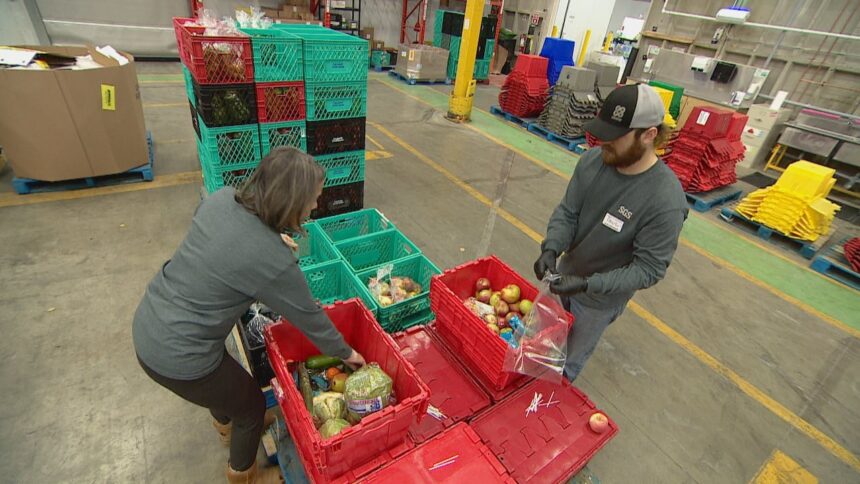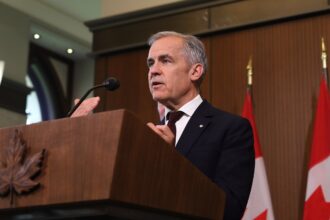In a troubling shift that reflects Canada’s deepening cost-of-living crisis, the Calgary Food Bank is reporting an unprecedented surge in clients who maintain steady employment yet still cannot make ends meet. Once primarily serving society’s most vulnerable populations, food banks across Alberta’s largest city now find their waiting rooms filled with working families facing impossible financial choices.
“What we’re seeing today is fundamentally different from even two years ago,” explains Calgary Food Bank CEO James McAra. “Nearly 30% of our clients now hold stable jobs—sometimes multiple jobs—but still cannot stretch their paychecks to cover both housing and adequate nutrition.”
This alarming trend represents a profound transformation in food insecurity across Canada. Historically, food banks served as emergency support systems for those experiencing temporary hardships or chronic poverty. Today, they increasingly function as essential supplements to working-class budgets compressed by inflation rates that have outpaced wage growth for years.
One Calgary resident, Sarah Mendez, a dental hygienist and mother of two, expressed the shame she felt visiting the food bank for the first time. “I work full-time in healthcare. I shouldn’t need charity to feed my children,” she said, her voice breaking. “But after rent increased and grocery prices kept climbing, I had nowhere else to turn.”
The Calgary Food Bank now serves approximately 30,000 people monthly—a staggering 65% increase from pre-pandemic levels. More concerning is that the average client now requires assistance for longer periods, with many making regular visits for six months or more, compared to the typical two or three visits historically needed to weather temporary financial disruptions.
Economic experts point to several intersecting factors driving this crisis. Housing costs in Calgary have risen nearly 25% since 2019, while grocery prices have increased by roughly 21% over the same period. Meanwhile, real wages have only grown by approximately 7% for many workers, creating a widening gap between income and essential expenses.
“What we’re witnessing is the emergence of a new class of working poor,” explains Dr. Elena Karimova, economist at the University of Calgary. “These individuals are fully participating in the economy and labor market but finding themselves structurally unable to meet basic needs despite their efforts.”
The situation has prompted calls for systemic solutions beyond charitable support. Political advocacy groups emphasize that food banks, while providing crucial immediate relief, cannot address the underlying economic conditions forcing employed Canadians to seek food assistance.
“Food banks were never designed to be permanent fixtures in working people’s lives,” notes social policy researcher Martin Greenberg. “They represent a symptom of policy failure, not a solution to it.”
The Calgary Food Bank has adapted to these changing demographics by extending evening hours to accommodate working clients and developing nutritional guidance specifically for families attempting to stretch limited food budgets between visits. Additionally, the organization has expanded partnerships with businesses across the city to increase donation volumes.
Local business owners have responded to the crisis by organizing regular contribution drives. Calgary’s Bow Valley Brewing, for instance, now offers discounts to customers who bring non-perishable donations, collecting over 4,000 pounds of food in the past three months alone.
“The community response has been tremendous,” says McAra, “but we need to recognize that no amount of generosity can fully address the structural problems forcing working Canadians to choose between paying bills and feeding their families.”
As winter approaches and utility costs rise, food bank administrators anticipate even greater demand in the coming months. This projection raises profound questions about Canada’s social safety net and economic structure: In one of the world’s wealthiest nations, how have we arrived at a point where full-time employment no longer guarantees the ability to meet basic nutritional needs?
















